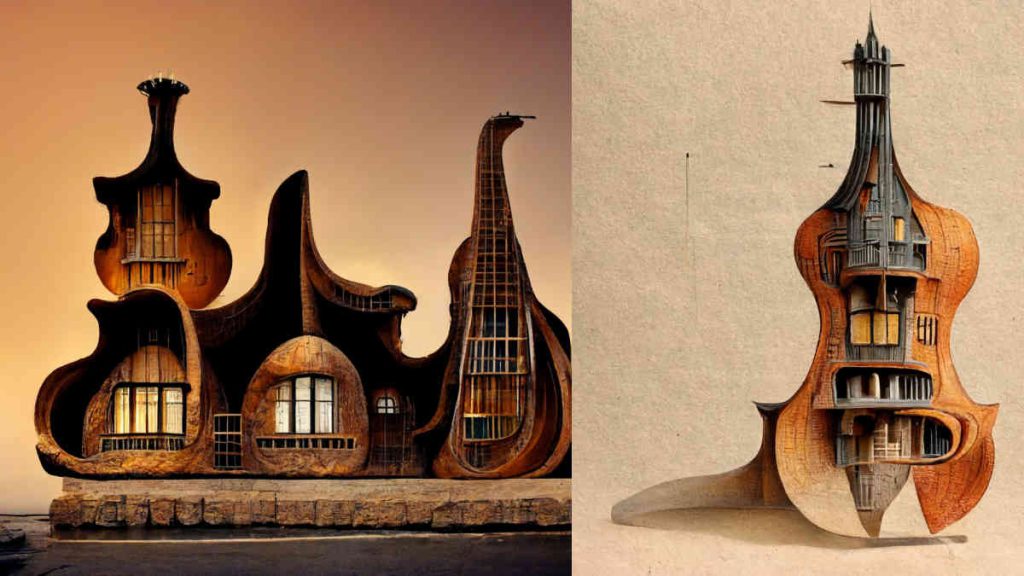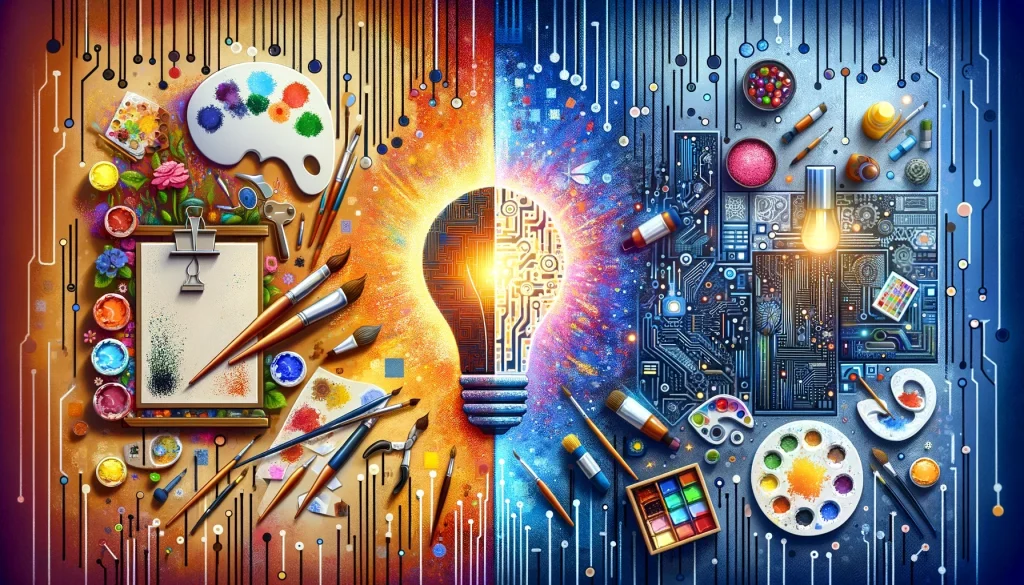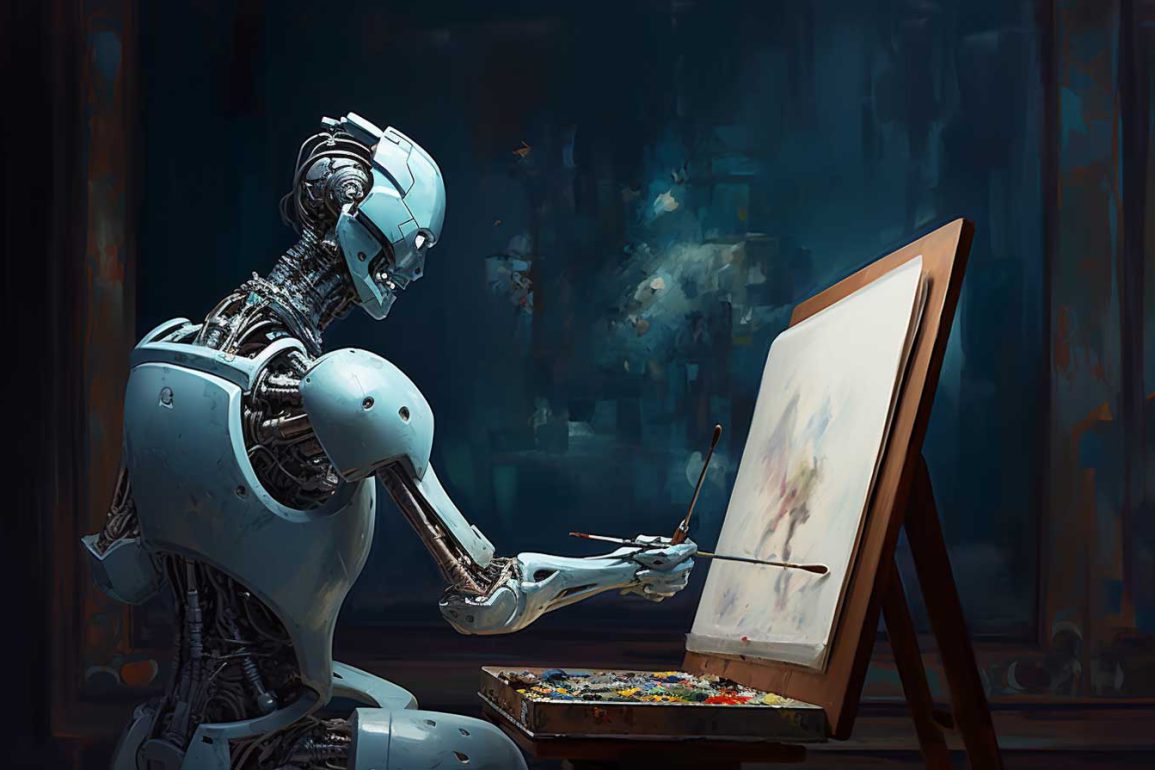The rapid advancement of artificial intelligence (AI) has revolutionized various industries, including the arts. With AI-powered tools and algorithms becoming increasingly sophisticated, artists are now able to create stunning artworks with unprecedented speed and efficiency. However, this technological advancement has also given rise to a complex and controversial issue: who owns the copyright to AI-generated art? Does it belong to the artist who conceived the idea and selected the parameters for the AI tool, or to the AI itself as the creator of the work?
The Current Legal Landscape
Currently, there is no clear and uniform legal framework governing the ownership of AI-generated art. Different countries and jurisdictions have varying approaches, leading to a fragmented and uncertain legal landscape. In some jurisdictions, such as the United States, copyright law may protect AI-generated art if it is considered to be an “original work of authorship” created by a human author. This means that the artist who used the AI tool to create the work may be able to claim copyright ownership. In other jurisdictions, such as the European Union, copyright protection may not be granted to AI-generated works if they are not considered to be the product of human creativity. This creates a significant legal grey area and leaves artists uncertain about their rights and ownership of AI-generated artworks.

Factors Determining Ownership
Determining the ownership of AI-generated art is a complex task that involves several factors. Some key considerations include:
The level of human involvement and control
The extent to which the artist was involved in the creative process, such as selecting parameters, providing input data, and editing the final output, can influence ownership determination. A higher level of human involvement and control may strengthen the artist’s claim to ownership.
The nature of the AI tool
The type of AI tool used and its level of autonomy can also play a role. If the AI tool is merely used as a brush or a tool by the artist, similar to traditional artistic tools, it may be considered an extension of the artist’s creative process, strengthening their claim to ownership. On the other hand, if the AI tool operates autonomously with minimal human input, the AI itself may be considered the creator of the work, leading to questions about copyright ownership.
The originality and creativity of the work
The level of originality and creativity exhibited in the AI-generated artwork can also be a factor. If the work is considered to be a unique and creative expression, it may be more likely to be protected by copyright, regardless of whether it was created by a human or an AI.

The Role of Intellectual Property Law
Intellectual property law, particularly copyright law, plays a crucial role in determining the ownership of AI-generated art. Copyright law protects original works of authorship, including artistic works, literary works, and musical works. To be eligible for copyright protection, a work must be original and creative, and it must be fixed in a tangible medium.
In the context of AI-generated art, copyright law can be applied in different ways. The artist may be considered the author of the work and may be entitled to copyright protection. In other cases, the AI tool itself may be considered the author. The ownership may be attributed to a joint authorship between the artist and the AI
Ethical Considerations
The ownership of AI-generated art also raises ethical concerns. Some argue that granting copyright protection to AI-generated art may undermine the fundamental principles of copyright law, which is to protect human creativity and innovation. Additionally, there are concerns about the potential impact on the livelihoods of human artists. It happens when AI-generated art becomes widely accepted and replaces human-created art.

Conclusion
The ownership of AI-generated art is a complex and evolving issue with no easy answers. It involves legal, ethical, and economic considerations that require careful examination and thoughtful discussion. As AI technology continues to develop and transform the art world, it is crucial for policymakers, legal experts, and artists to collaborate in finding solutions that balance the interests of all stakeholders and promote fairness, creativity, and innovation in the digital age.


